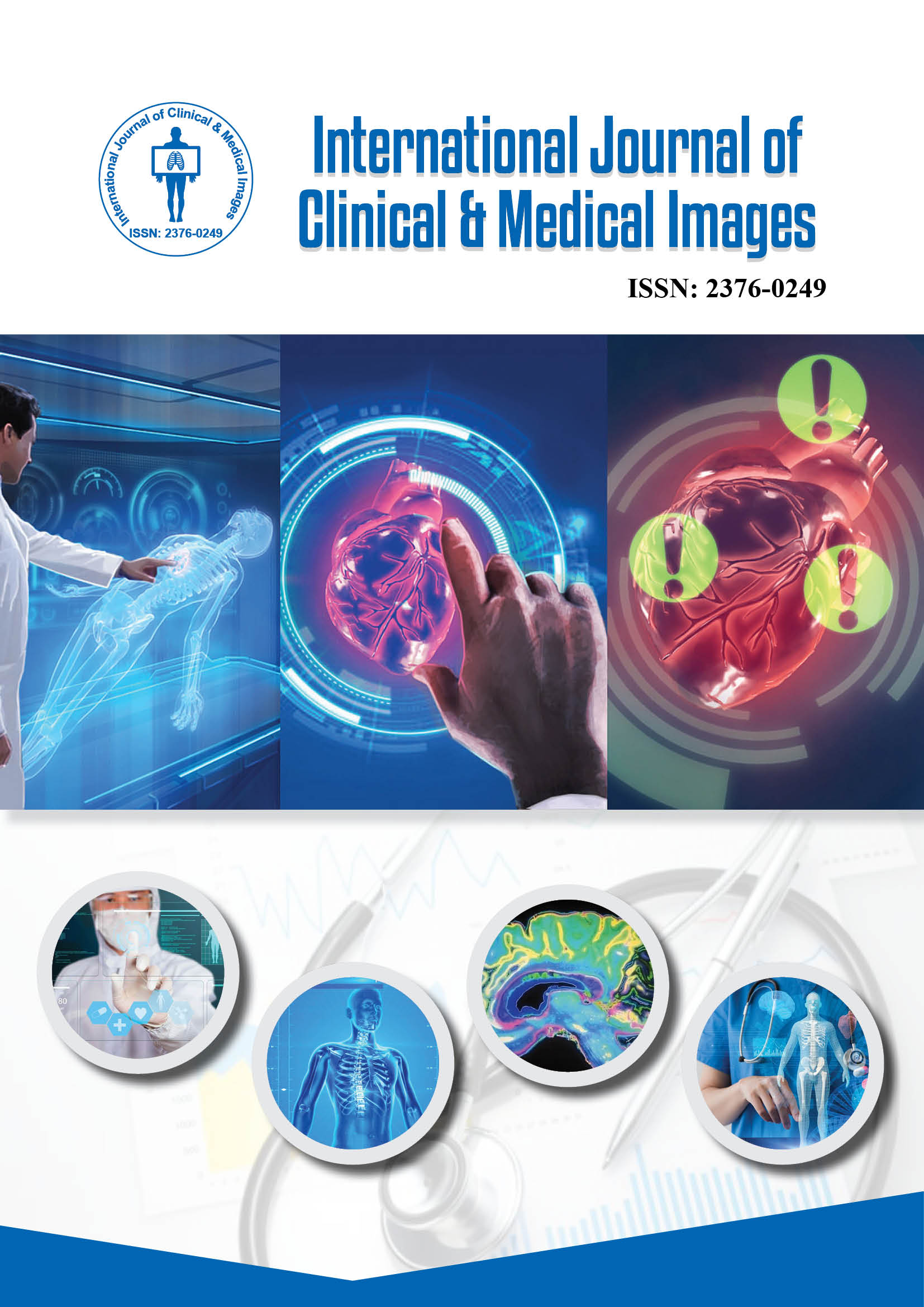2376-0249
Editorial - International Journal of Clinical & Medical Images (2025) Volume 12, Issue 4
Author(s): Denton Silveri
Light has revolutionized the field of medicine by enabling physicians to see beyond the surface of tissues and organs. Optical imaging techniques use light to capture high-resolution images of biological structures, allowing early detection of diseases that were once difficult to diagnose. From simple endoscopy to advanced laser-based imaging, the ability to visualize internal anatomy with precision has transformed diagnostics, particularly in oncology, ophthalmology and neurology. The non-invasive nature of optical imaging makes it a safer and more patient-friendly alternative to many traditional diagnostic methods.
Advancements in optical imaging technologies have brought remarkable improvements in both resolution and depth of visualization. Techniques such as Optical Coherence Tomography (OCT), fluorescence imaging and photoacoustic imaging provide real-time insights into cellular and molecular activities. These methods not only help identify structural abnormalities but also monitor physiological changes, making them valuable tools for assessing disease progression and treatment response. For instance, OCT is widely used in retinal imaging, offering detailed cross-sectional views of eye tissues crucial for diagnosing macular degeneration and glaucoma [1].
The integration of nanotechnology and artificial intelligence (AI) has further expanded the diagnostic capabilities of optical imaging. Nanoparticles can be engineered to target specific cells, enhancing image contrast and enabling the detection of minute pathological changes. AI algorithms assist in interpreting complex image data, improving diagnostic accuracy and reducing human error. Together, these innovations are paving the way for personalized medicine, where imaging not only detects diseases but also guides tailored treatment strategies.
Future developments in optical imaging are focused on improving portability, affordability and real-time clinical application. Handheld and wearable imaging devices are being developed for point-of-care diagnostics, making advanced imaging accessible even in remote settings. Moreover, combining optical imaging with other modalities, such as MRI or ultrasound, offers a more comprehensive view of the human body. As research continues, light-based technologies are expected to play an even greater role in predictive, preventive and precision healthcare [2].
Optical imaging, Diagnosis, Innovation
None.
None.
Google Scholar Cross Ref Indexed at
 Awards Nomination
Awards Nomination

